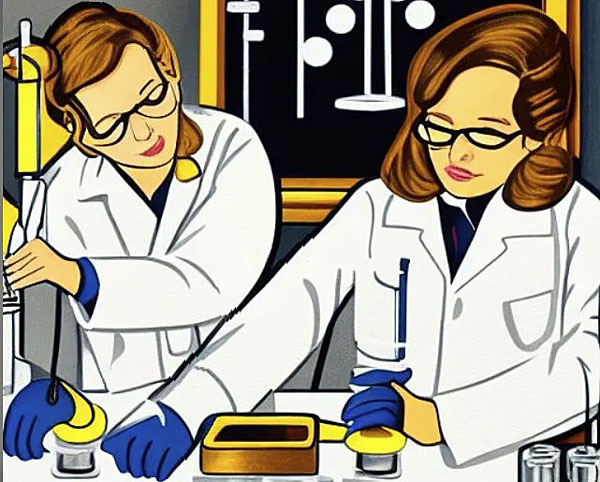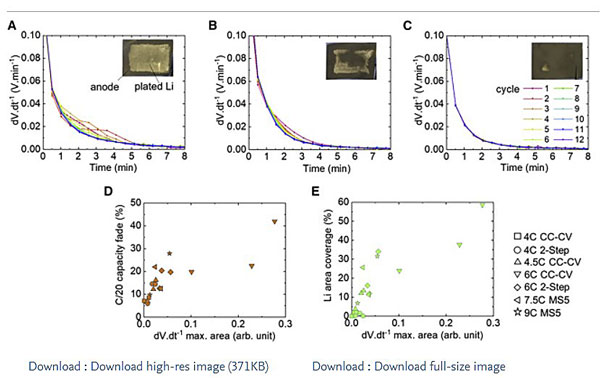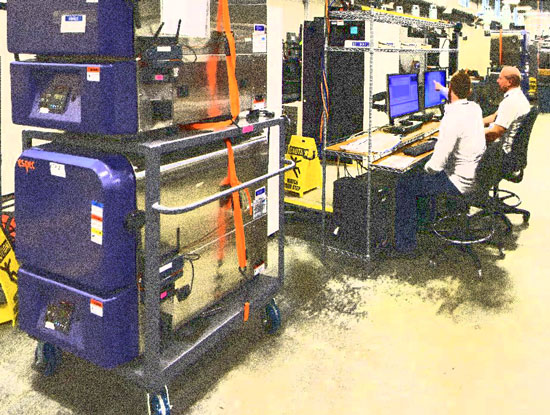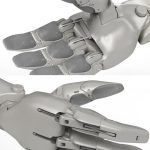We recently came across an interesting article in New Scientist magazine which looked very exciting. The headline read ‘Supercharging tweak could fill electric car batteries 90% in 10 mins’. Wow, that sounded like it could really change the EV market significantly. Naturally we started our typical process of due diligence (learned over 20 years of publication) to learn the background to this seemingly revolutionary new tech. Yeah well, about that…
From the article itself, the trail led us to the news page on the Idaho National Laboratory website, which contained further details on the new technology. The news piece was pretty formulaic, as with most science lab stuff, with the meat we were looking for buried in the penultimate paragraph.
‘Eventually, the information from this research and other work could lead to batteries and operating methods that enable fast charging while minimizing rapid aging. Batteries will then charge much faster without dying before their time.’
OK, so not quite the supercharging scoop we were hoping for, but maybe the INL page was just being coy. Note the key word ‘eventually’. It’s an important device which is often used to justify weak claims. Not that we’re saying INL was necessarily guilty of this. It was time to go to the source and re-check the actual paper the INL team had published in the peer reviewed Cell Reports Physical Science journal. As we expected, this was a densely worded and meticulously detailed piece of research written up by the INL team. Full of science and data and diagrams and charts and all that lovely stuff.
The only problem is, we could find no mention of any breakthrough technology which would describe anything near what the New Scientist was telling us. In fact – yep you’ve guessed it – buried again deep in the penultimate paragraph of the paper we found this gem.
‘The development of our framework is based on well-controlled charging and discharging protocols significantly different from actual EV usage cases. Therefore, we leave the aging identification in realistic EV application scenarios to future work.’
Oh yes, this is the old chestnut – tested on rabbits, may not be applicable to humans. The paper specifically retreats from any possible conclusion of a practical real world application of the data, leaving that to ‘future work’.
We’re all grown ups here. We know the pressures driving inflated scientific claims. Funding, staffing, reputation, money. MONEY. It’s a rat race out there, survival of the fittest, right? But the casualty of this war is the truth, and we the public are picking up the pieces. Every time we see a report on a new breakthrough for cancer, heart disease, renewable energy et al, we are likely being hit with this kind of inflated truth. The sort of half truth which is not an outright lie as such, but which is completely unfounded in any scientific reality at this moment in time.
At every point in that news chain above there is pressure to conform and create a ‘story’. To sell a magazine, to sell a new battery lab team, to sell a vision. But like Chinese whispers all it does it sells a massively incomplete version of reality.
It does a disservice to the media. It does a disservice to science, and above all it cheapens the amazing work our scientists are doing all over the world to drive beneficial change for our suffering planet.
We do wish it would stop.






